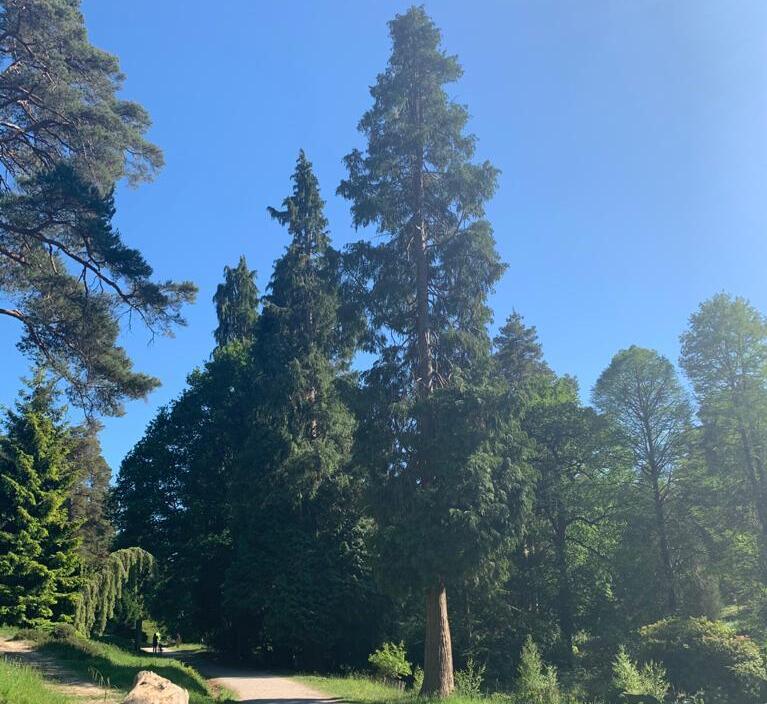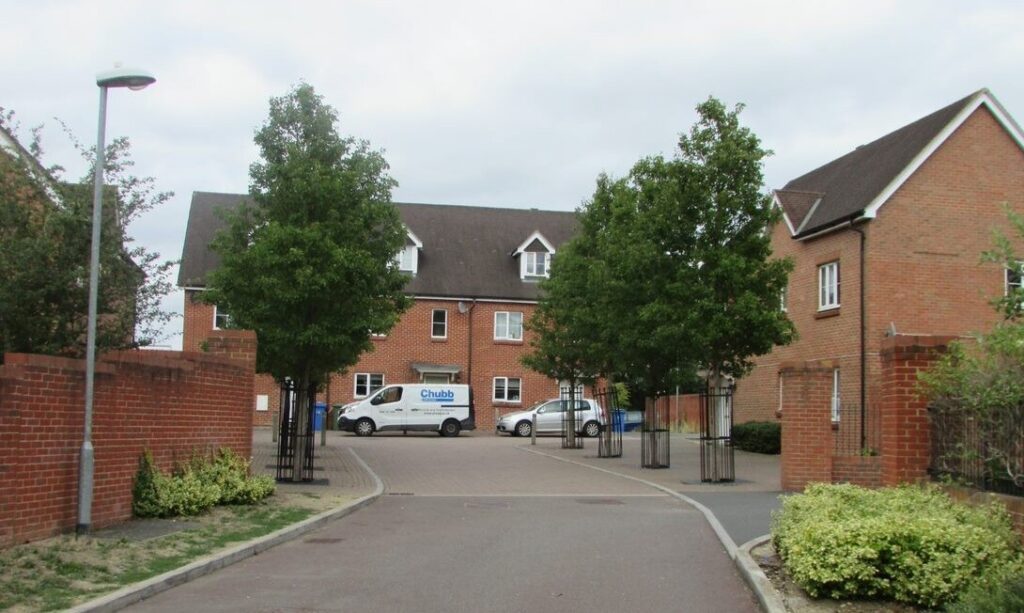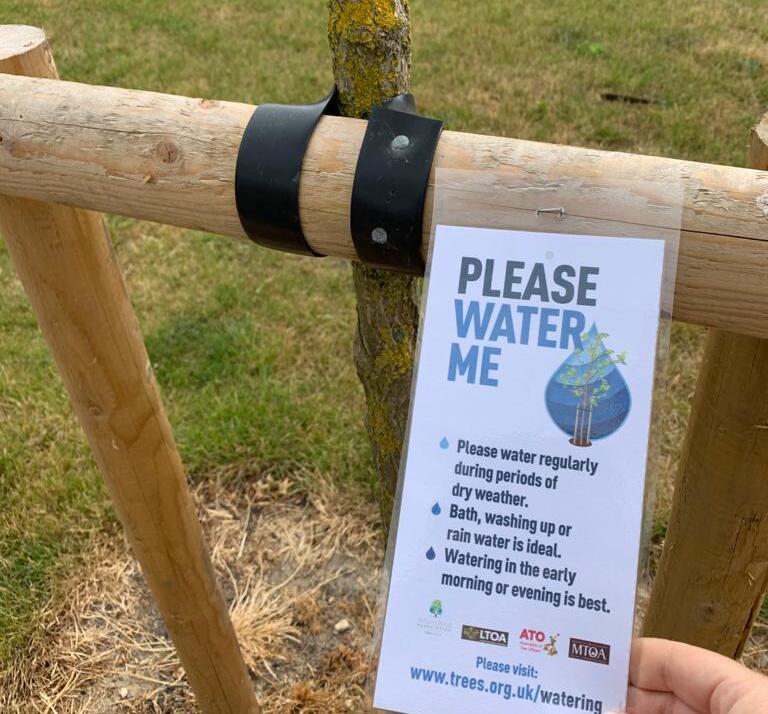A report in the BBC at the weekend indicated that urban tree canopy cover is surprisingly consistently higher in urban areas than in rural ones. In fact, the areas in the UK with the highest percentage of land covered by trees are all in the South of England, Midlands and in South Wales, including some of the densely populated London Boroughs!
 When urban tree planting policies are discussed, often forest plantations are at the forefront as they allow for large areas of land to be covered with fast-growing trees for maximum future earnings. However, it is the humble urban tree which brings so many benefits to those of us who live in our towns and cities; and it is these trees that are under threat. Many boroughs have seen a reduction in canopy cover figures over recent years, even though they have been planting trees as fast as they can afford.
When urban tree planting policies are discussed, often forest plantations are at the forefront as they allow for large areas of land to be covered with fast-growing trees for maximum future earnings. However, it is the humble urban tree which brings so many benefits to those of us who live in our towns and cities; and it is these trees that are under threat. Many boroughs have seen a reduction in canopy cover figures over recent years, even though they have been planting trees as fast as they can afford.
With leafy suburbia such as Surrey Heath (with a canopy cover of 41%) enjoying the benefits of good urban tree canopy coverage, is there any way that we can even this up across boroughs, and bring these benefits to poorer neighbourhoods – and is it realistic to attempt to do so? The average tree canopy cover across towns and cities in the UK is 16%, but this is deceptive; Fleetwood in Lancashire has only 3%.
We need to understand the historical situation. With much of the UK being forested one thousand years ago, some areas still have remnants of this ancient woodland. These areas are particularly those not easy to reach, or where older settlements grew up. The need for timber during the Middle Ages for the Navy, for mining, for building and for fuel ravaged many areas, and some, like the Lake District, has never recovered. Some areas were cleared for arable farming, such as the Lincolnshire Wolds, and are unlikely to be re-wooded. In towns and cities, many trees have been kept, as some understanding of their value was accepted, and it is these old trees that provide much of the canopy cover that we enjoy. Much of our healthy tree stock was a gift from our Victorian forebears, and will shortly be coming to the end of their lives.
New residential developments are not known for their canopy cover: although retention of old trees on sites is preferred, too often are removed as part of the construction, either because they are assessed as poor quality, or simply because they are in the way. It is worthy to note that developers are trying and thankfully we are seeing a change with new developments.
 However, often current NHBC guidance restricts the planting of trees next to any reasonable stature because of the financial pressure to build to such a density that recommended distances between trees and buildings cannot be achieved. This means that in the future;
However, often current NHBC guidance restricts the planting of trees next to any reasonable stature because of the financial pressure to build to such a density that recommended distances between trees and buildings cannot be achieved. This means that in the future;
we will rely more and more on the trees in our public realms and in private gardens.
If this is the case, and we face an ageing tree stock in the public realm, it is critical that every tree that we plant must have the ability to achieve species potential size and age; no more planting temporary trees that might last 10 years.
GreenBlue’s are working closely with local authorities and developers to provide design advise, which has always been to enable good quality tree planting, changing the mindset that spaces can be adaptable, the use of Root Management along the highways, soil cells with services, even SuDS Hydroplanters on verges and driveways.
Developers can honour their mitigation obligations, planting quality trees into optimal underground environments to offset. Working with correct software tools such as itree and CAVAT, Developers can also assess the limits to which new planting can achieve the biodiversity net gain they require.
We need to accept that if we are to maintain and increase our canopy cover we will have to front-load the tree planting costs – giving trees an excellent start to life in urban areas, carefully maintaining them until they achieve independence in the landscape. Nurturing and protecting them from harm until they can care for themselves.
 As responsible inhabitants of planet Earth, we must change the way we plan and construct our urban areas. We must change the way we value our green infrastructure, alter our buildings guidance to allow for better trees and protect our enormous green assets with everything we have. We know that the future climate is going to be different from the past, and we must work collaboratively to build a better future for our children, and our grandchildren.
As responsible inhabitants of planet Earth, we must change the way we plan and construct our urban areas. We must change the way we value our green infrastructure, alter our buildings guidance to allow for better trees and protect our enormous green assets with everything we have. We know that the future climate is going to be different from the past, and we must work collaboratively to build a better future for our children, and our grandchildren.
Plan, provide, plant and protect – canopies for centuries.
